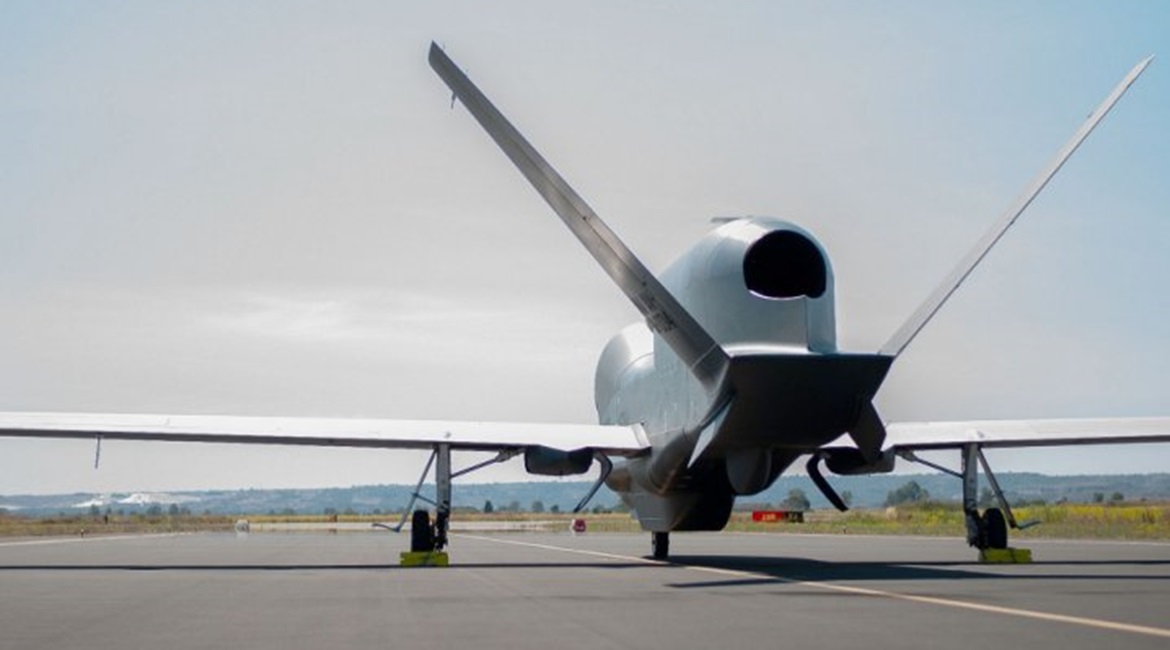
NATO has conducted its first familiarisation and training flight of the Northrop Grumman RQ-4D Phoenix unmanned aerial vehicle (UAV) the alliance is utilising for its Alliance Ground Surveillance (AGS) programme.

A Phoenix UAV prepares to depart Sigonella as NATO commences familiarisation and training flights for its AGS capability.
The commencement of flights, announced by NATO Allied Air Command on 4 June, saw one of two Phoenixes so far received depart Main Operating Base Sigonella on Sicily under the control of NATO AGS Force (NAGSF) pilots from the NAGSF Mission Operation Support Centre at the same location.
“Throughout the flight, pilots at the NAGSF operations centre controlled the aircraft via a pre-programmed flight path, from take-off [at 10:35 h local time] until landing at Sigonella, shortly before 20:00 h,” NATO said, adding, “During the flight, the Phoenix’s sensors collected imagery, which was transferred to the Processing, Exploitation, and Dissemination (PED) centre for near real-time processing, and future distribution to allies.”
The NATO AGS capability is to be centred around five Northrop Grumman RQ-4D Phoenix high-altitude long-endurance (HALE) UAVs that are derived from the Global Hawk Block 40 UAV. The Phoenix is fitted with Northrop Grumman’s Multi-Platform Radar Technology Insertion Program (MP-RTIP) radar (designated AN/ZPY-2 in US Air Force service), which is an X-band active electronically scanned array (AESA) sensor with ground moving target indicator (GMTI), synthetic aperture radar (SAR), air track, concurrent moving target indication, cued search, and ground high-resolution radar modes.
Looking to read the full article?
Gain unlimited access to Janes news and more...